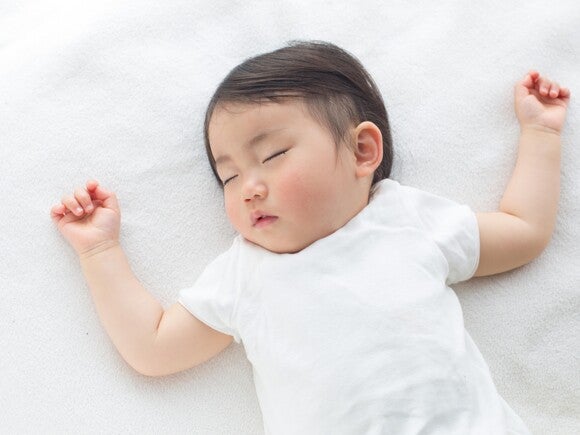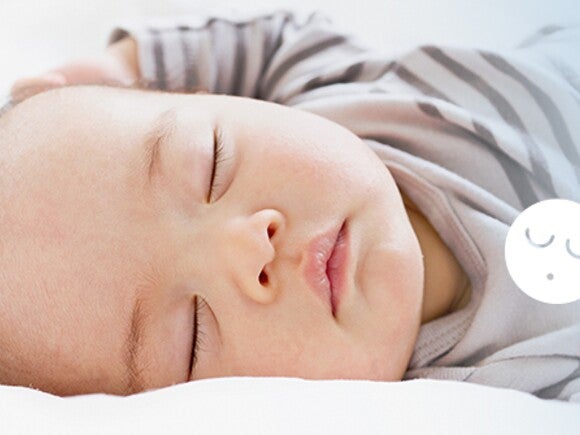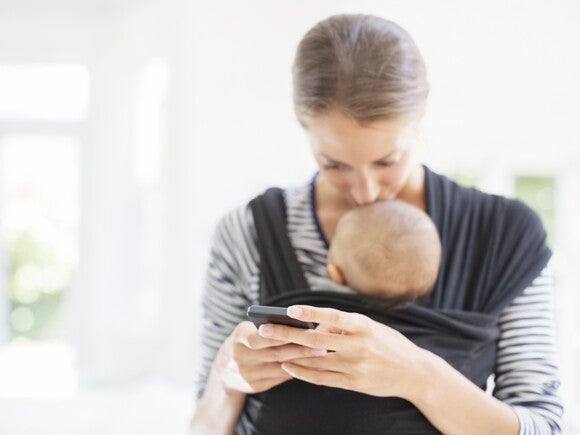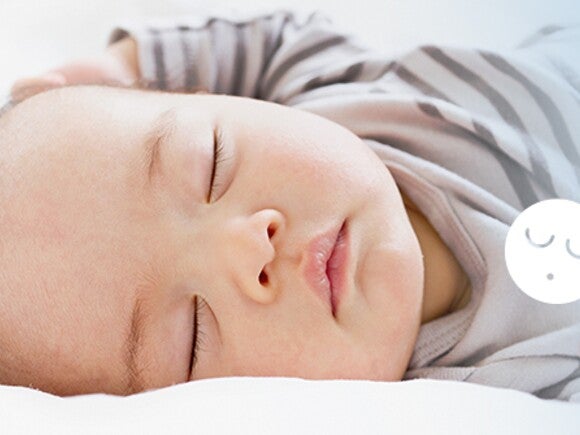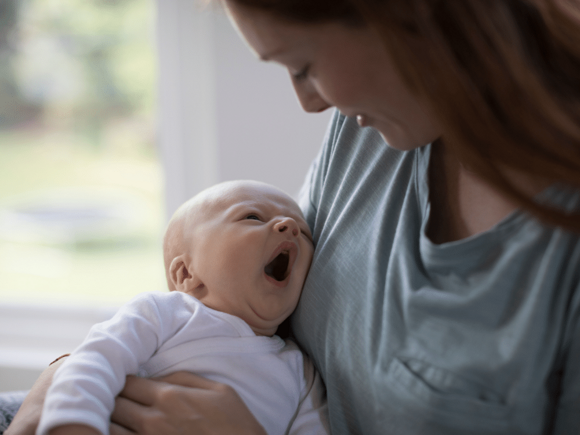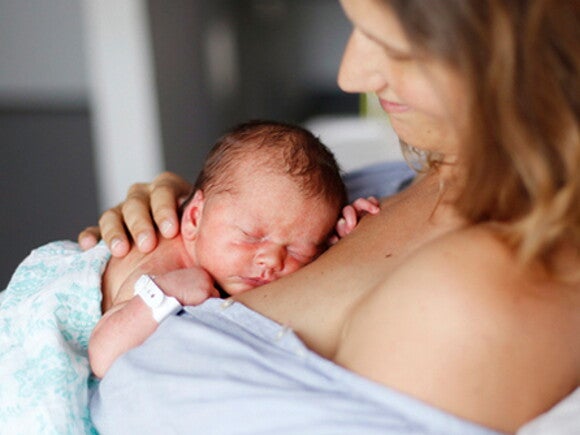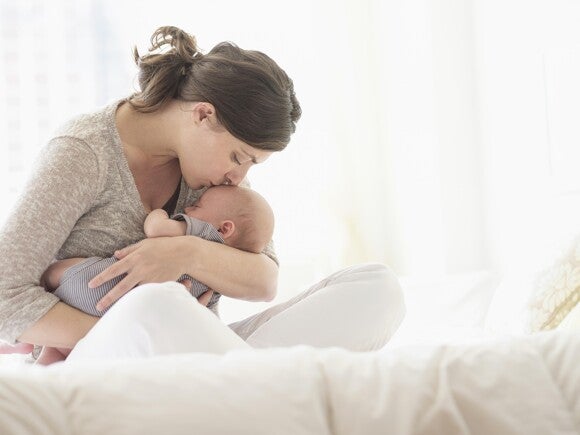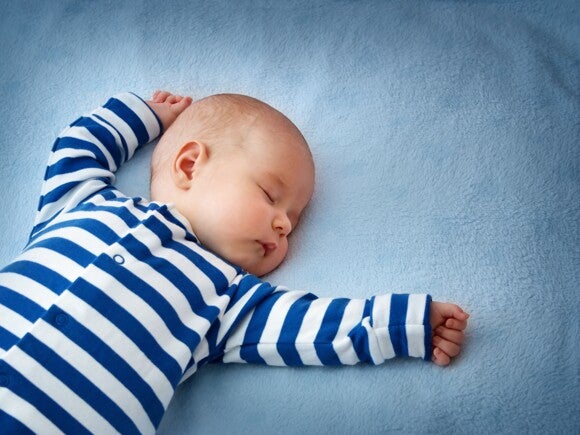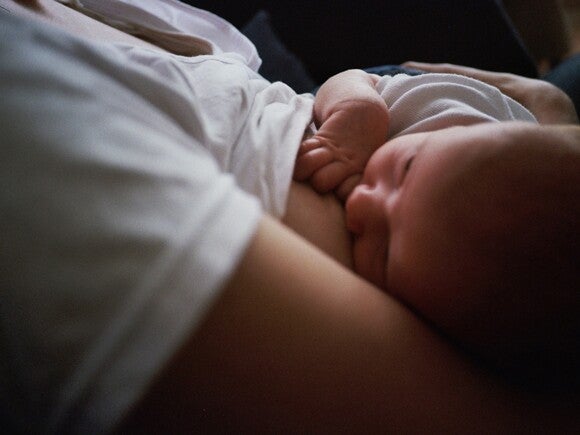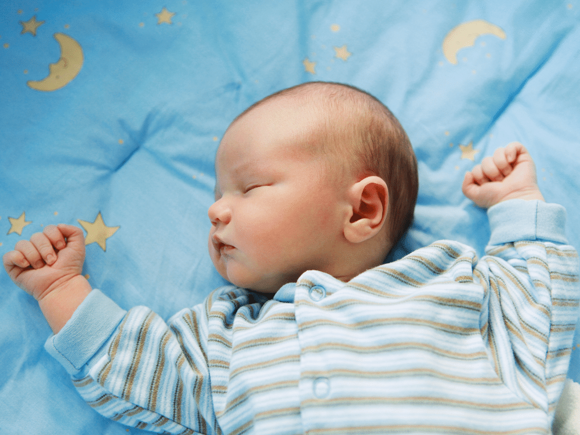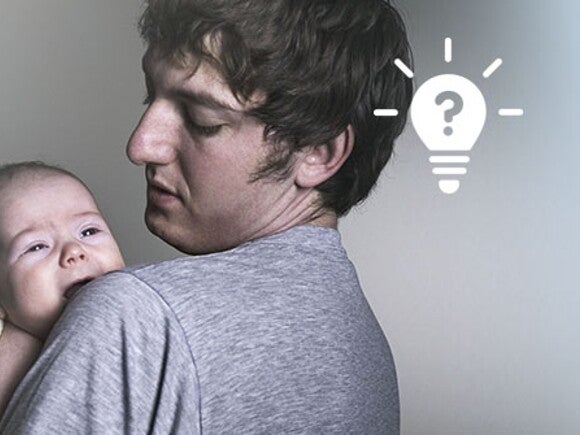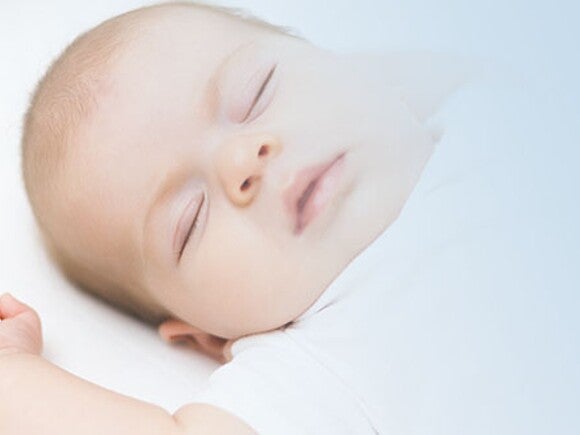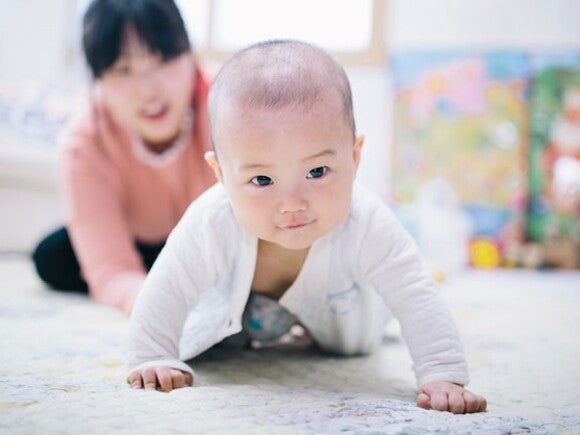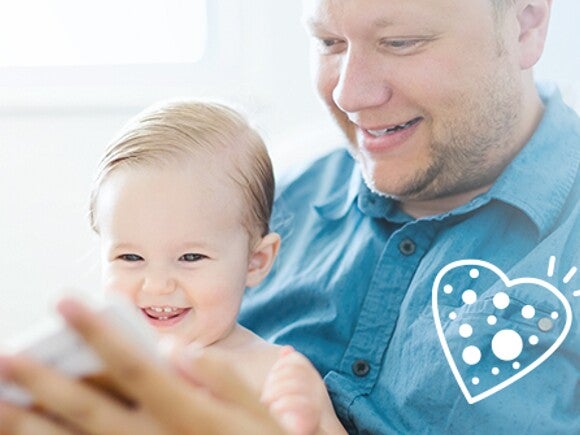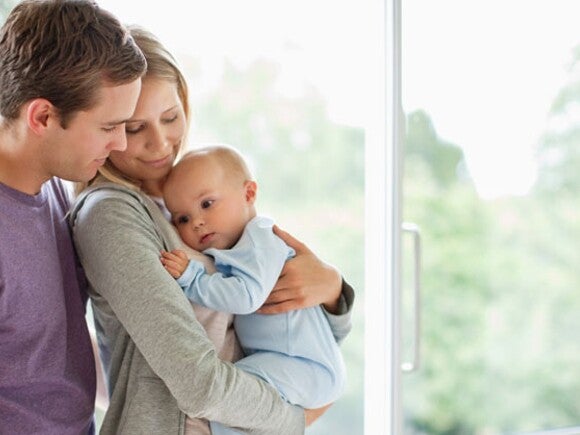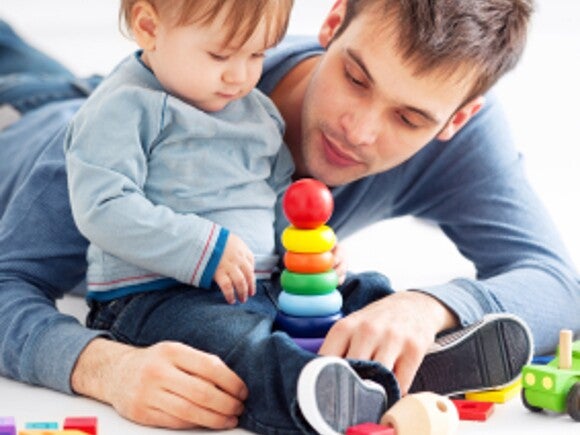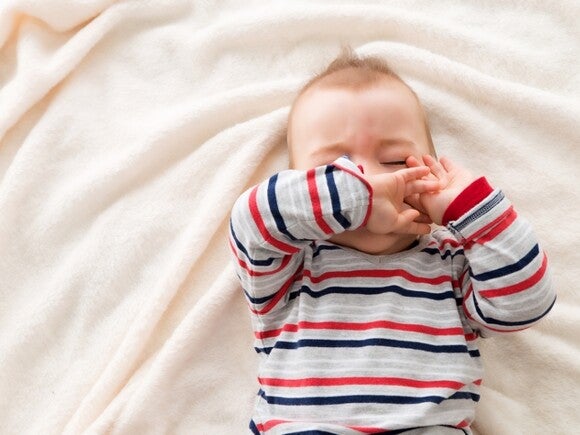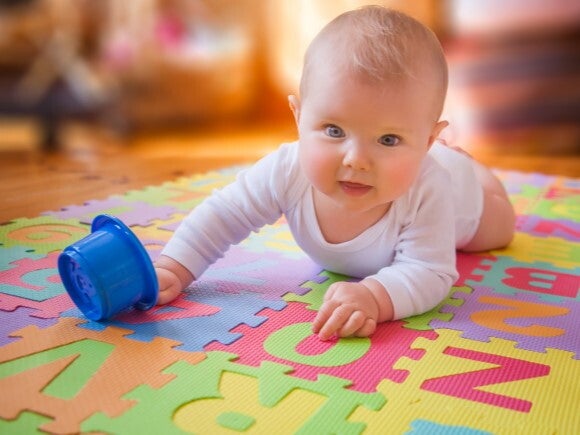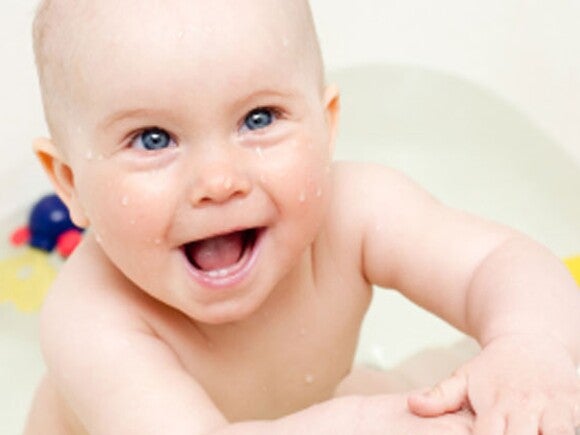Sudden Infant Death Syndrome (SIDS)
“SIDS and Kids Safe Sleeping is an evidence based health promotion campaign developed for health professionals, childcare workers, new and expectant mothers, parents and anyone who cares for babies and infants. Annually, 3,200 Australian families experience the sudden and unexpected death of a baby or child”.
According to the SIDS website, your baby is at risk of getting into dangerous situations while sleeping. These include:
- Suffocating under bedding
- Choking or inhaling vomit
- Overheating
- Choking on toys or other small objects
- Getting caught between the cot-side and mattress
- Getting entangled in curtain cords, clothing, dummy ties and ribbon.
Your baby may get in these situations because they:
- Are unable to control the sleeping situation and environment
- Are unable to escape from dangers
- Unknowingly place things in their mouth or around their neck.
SIDS advice for safe sleeping strategies for your baby include:
- Their own cot is best. Putting your baby to sleep in a cot next to your bed is safest option.
- Meet Australian Standards. The cot or bassinette needs to meet the Australian Standard for Cots (AS/NZS 2172) and carry a safety standard approval sign. Be wary when buying a cot or bassinette second hand;
- Sleep your baby on their back from birth, with feet positioned at the end of the cot. As soon as your baby learns to roll from tummy to back you will feel more relaxed;
- The cot should remain flat and not propped. Make sure the mattress your little one sleeps on is firm enough to facilitate maximum circulation of air. Make sure there is no more than 20mm gap between the mattress and the cot sides and ends to prevent your baby becoming wedged in gaps between the mattress and the cot sides. A pillow, cushion or beanbag is not a safe mattress.
- Keep the cot free from all unsafe toys, pillows and loose sheeting and position near parents bed for the first six to twelve months
- If you wrap or swaddle your baby, do not cover baby’s head or face. You can stop using a wrap when baby can roll from back to tummy and to back again.
- Baby sleeping bag. When baby is over four months old, you may decide to use a safe baby sleeping bag. The bag should be one with a fitted neck and arm holes with no hood. Additional blankets are then not necessary to use
- Ensure head and face remains uncovered during sleep and avoid the use of hoods, beanies, hats or bonnets;
- Only use enough bedding required for warmth; do not overheat. Using a sleeping bag will prevent your baby’s face being covered. If you do use blankets it is best to use layers of lightweight blankets that can be easily added or removed according to room temperature. They should also be tucked underneath the mattress. Don’t leave any extra sheets in the cot for your little one to get entangled in. Loose blankets and sheets can restrict airflow and cause suffocation;
- Dummies should not be attached to your baby with ribbon and if the dummy falls out of the mouth during sleep, parents are advised not to reinsert it.
- Avoid exposing your baby to cigarette smoke before and after birth (this includes marijuana as well) and do not co-sleep with your baby if you smoke.
- Avoid Co-Sleeping; if you smoke, are under the influence of drugs and /or alcohol; if you are overly tired, if there is adult bedding that may cover the baby; if there are other children and pets who are sharing the bed; if you are placing baby to sleep on a sofa, beanbag, waterbed or sagging mattress. If the baby could become trapped between the wall and the bed or fall out or be rolled on it is also advisable to not co-sleep. If your baby is premature, or less than 3 months of age or small when born then co-sleeping should also be avoided.
- Place cot away from hazardous materials. Ensure the cot is not under a window with blind cords within reach. Hanging toy mobiles must be well attached and out of reach. Do not have the cot near peeling paint.
- Height of the cot is same as your bed. When your baby’s cot and your bed are at the same height, it is more convenient;
- Pull up cot sides: Make sure the sides of the cot are pulled all the way up, so it prevents your baby from climbing up and out. It is time to change to a bed if your baby has worked out how to climb out.
Having trouble getting your baby to sleep? Swaddling is just one of the ways which could help baby settle. Read more.
